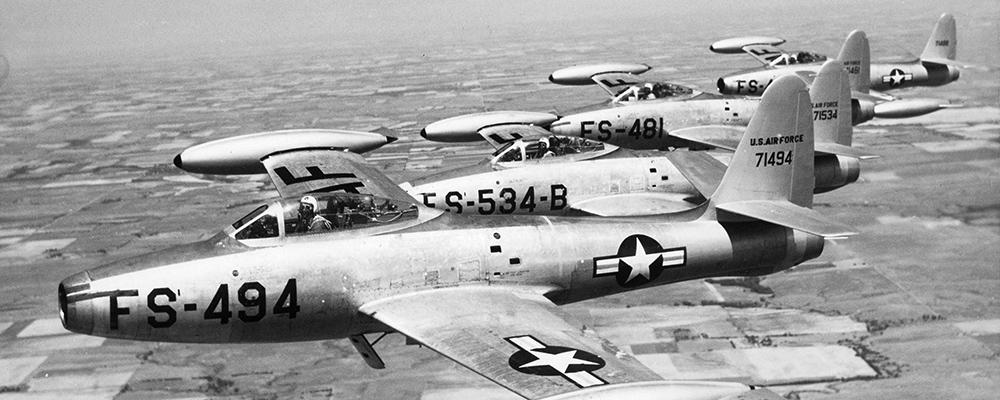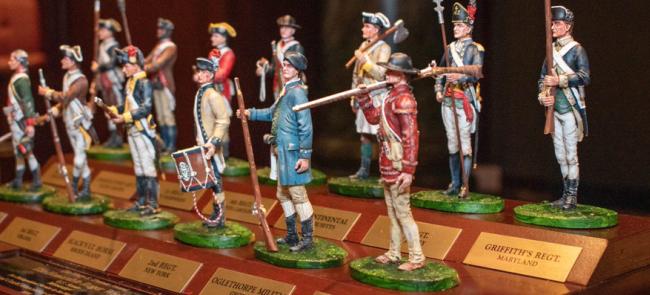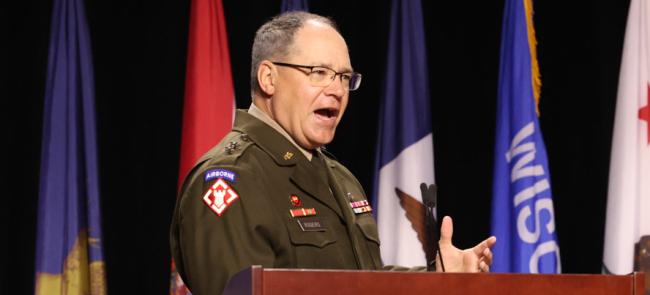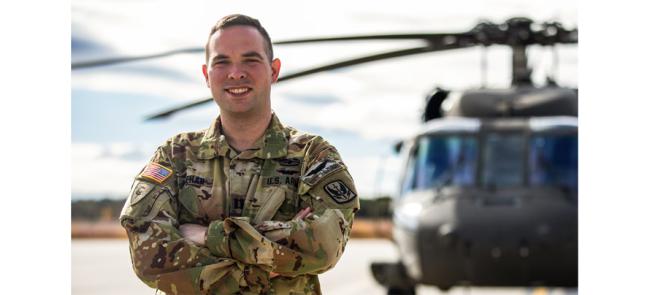
Dumbo Factor
Pentagon officials thought the 1950 Air Guard would never get off the ground. Korea proved otherwise.
Like Disney's Dumbo, the flying elephant who should not have been able to fly, the Air National Guard in the Korean War was a large and ungainly beast that eventually became an unlikely hero.
But its success came only after a series of trials and tribulations for the Guard and the Air Force.
Senior Air Force leaders considered the Air Guard to be a collection of state-sponsored, federally funded flying clubs with questionable capabilities after its creation as separate reserve component in 1947.
By February 1950, the Guard included 72 fighter and 12 light bomber squadrons as well as numerous support organizations, but it was far from ready for combat. In the dawn of the jet age, most of its fighters were propeller aircraft. Training was also inadequate. Both conditions were largely a product of acrimony between the Air Force and the Guard.
Unprepared for a limited war in Asia and fearing a global conflict with the Soviet Union, the Air Force had to improvise its response to the crisis on the Korea peninsula.
First, Air Force officials asked Guardsmen and Reservists to volunteer as individuals. In July 1950, they began involuntarily recalls. The following month, Air Force Reserve flying units began mobilizing. Once Congress and the president authorized a permanent expansion of the service in September 1950, the Air Force called the Guard.
On Oct. 10, 15 Guard flying squadrons and numerous support units mobilized. The Air Force saw that move as only a temporary expedient; however, massive Chinese communist intervention in the war in late October destroyed that assumption.
It took up to six months for Air Guard units to become combat ready. Some never did.
Some of the difficulties resulted from adapting a system designed for total global war to provide manpower for limited war in a fair and equitable manner. However, that was far from the only challenge. Active units took many of the Air Guard’s most experienced personnel as fillers. There were also shortages of aircraft, spare parts and supplies.
But Air Guard units and individuals did make significant contributions to the war effort. They flew 39,530 combat sorties and destroyed 39 enemy aircraft. And four Air Guard pilots achieved the coveted status of ace.
After the massive Chinese intervention, President Harry S. Truman sought to prevent the conflict escalating into another world war. He was especially concerned that the Soviet Union might invade Western Europe while the United States was preoccupied in Asia.
To counter the threat, Truman accelerated plans to build up NATO by sending additional ground and air forces to Europe, including 10 Air Guard flying units.
Meanwhile, 51 of the 67 Air Guard flying units mobilized during the war remained in the United States. Although they lost many of their original pilots, they helped the Air Force expand for the feared global confrontation with the Soviets.
In all, about 45,000 Guard airmen, a number that exceeded the organization’s pre-conflict personnel end strength, mobilized for the conflict.
The initial mobilization challenges forced the Air Force to reach an accommodation with the Air Guard and thoroughly revamp the service’s entire reserve system. Starting during the war, the Guard helped pioneer a new approach to reserve training and management within the Air Force.
Blessed with innovative leaders like Maj. Gen. Winston P. “Wimpy” Wilson, the Air Guard director from 1954 to 1959 who later became National Guard Bureau chief, and a strong political base, the Guard traded some of its autonomy as a state-based force for closer integration with the active component Air Force.
Wilson recognized the Air Guard faced a dim future unless it became a thoroughly professional force. That meant it had to acquire wartime missions. It also had to be a regular part of Air Force planning, budgeting, exercises and operational missions. And to increase flight safety, NGB persuaded the Defense Department to authorize 36 flight training periods each year beyond monthly drills and annual training.
Air Guardsmen overcome their initial mobilization shortcoming during the Korean War and demonstrated that, if properly trained and equipped, they could contribute significantly to combat operations.



